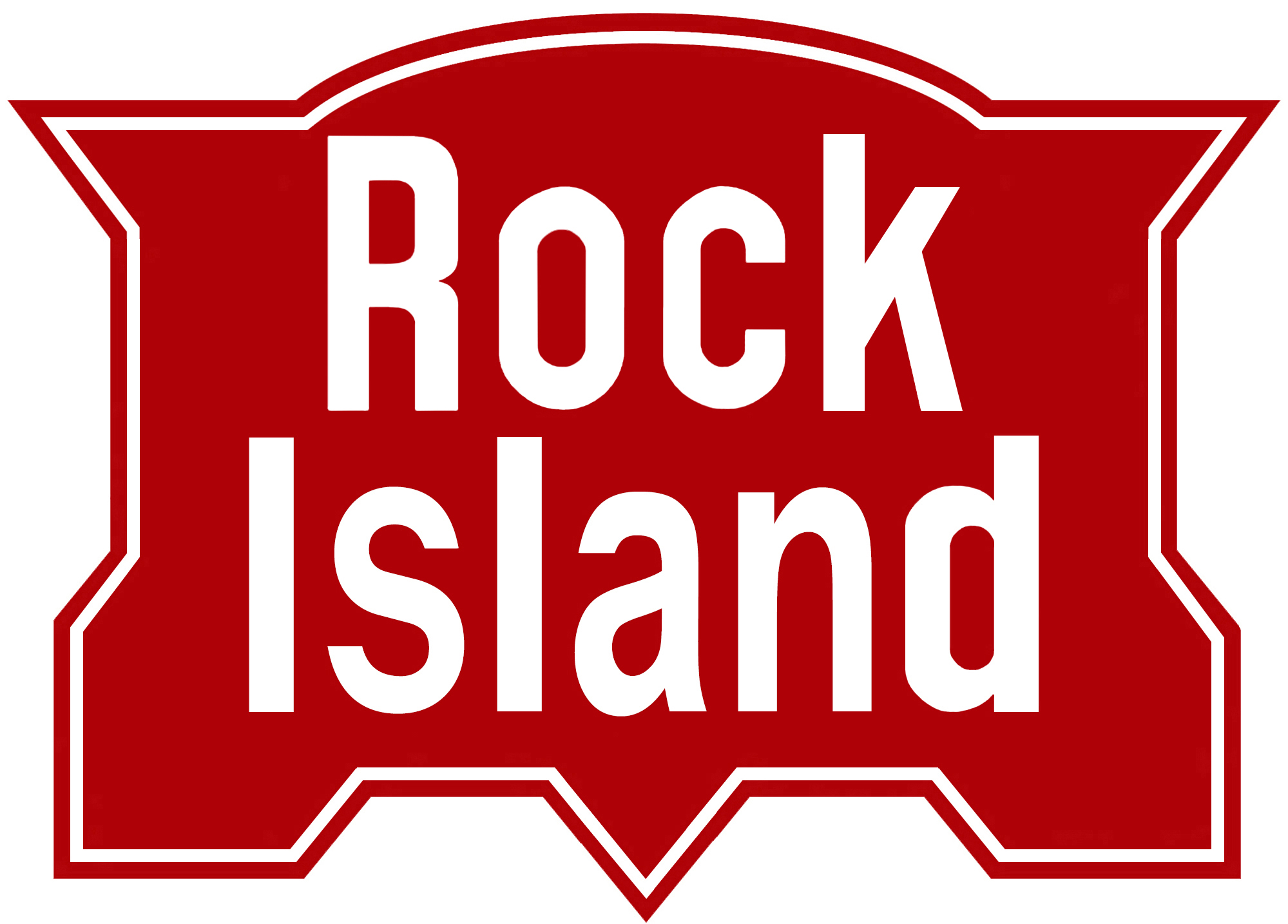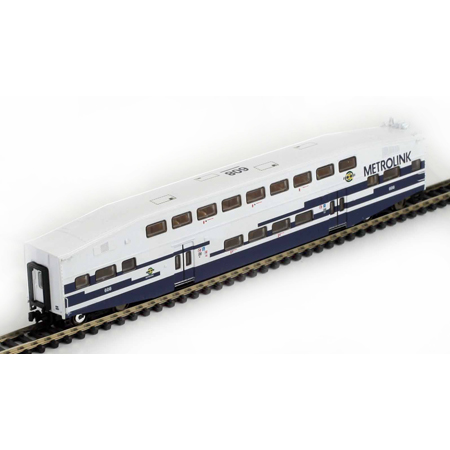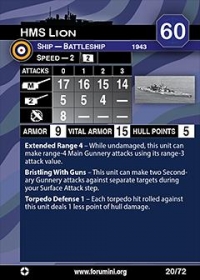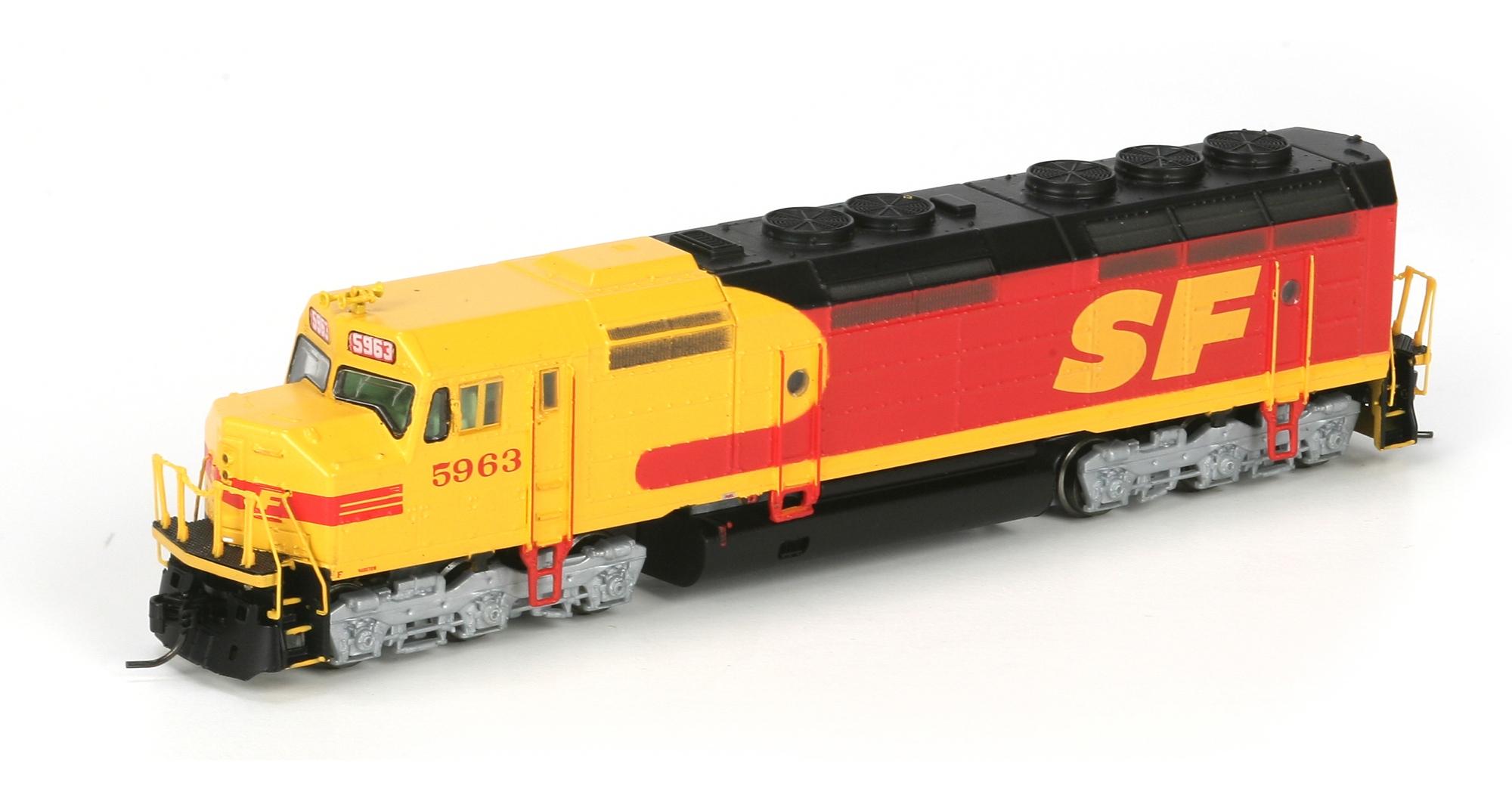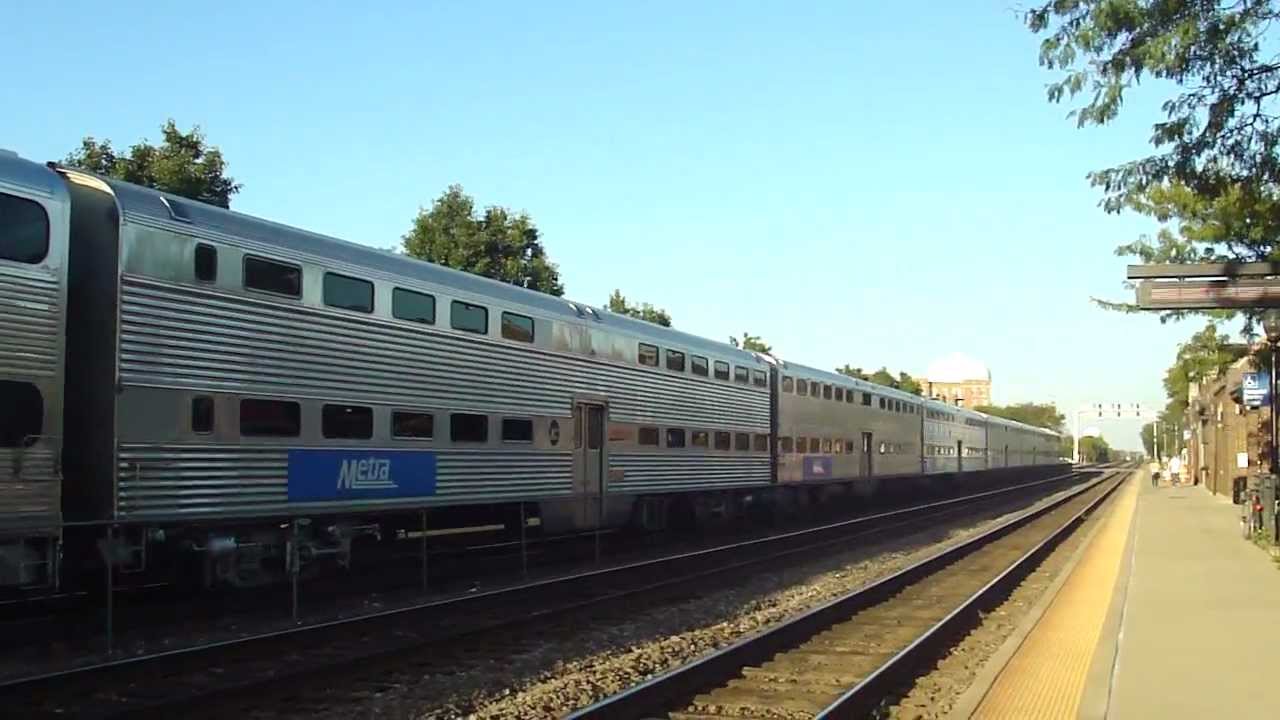Con-Cor - 0001-004423 - Passenger Car, Commuter, Budd Bi-Level, Coach - Rock Island
| Stock Number | 0001-004423 |
| Secondary Stock Number | 0001-040553 |
| Tertiary Stock Number | 4423 |
| Original Retail Price | $23.98 |
| Brand | Con-Cor |
| Manufacturer | Con-Cor |
| Body Style | Con-Cor Passenger Corrugated Budd Bi-Level Coach |
| Prototype Vehicle | Passenger Car, Commuter, Budd Bi-Level (Details) |
| Prototype | Passenger Car, Commuter, Budd Bi-Level, Coach |
| Road or Company Name | Rock Island (Details) |
| Paint Color(s) | Silver |
| Print Color(s) | Black |
| Coupler Type | Rapido Hook |
| Coupler Mount | Truck-Mount |
| Wheel Type | Nickel-Silver Plated Metal |
| Wheel Profile | Standard |
| Release Date | 1989-01-01 |
| Item Category | Passenger Cars |
| Model Type | Commuter |
| Model Subtype | Budd Bi-Level |
| Model Variety | Corrugated, Coach |
| Prototype Region | North America |
| Prototype Era | NA Era IV: 2nd Gen Diesel (1958 - 1978) |
| Scale | 1/160 |
Specific Item Information:
With Rigid Face Couplers,$23.98 ea 0001-04423
With Micro-Trains® Couplers,$28.98 ea. 0001-040553
Corrugated Bi-Level
With Rigid Face Couplers,$23.98 ea 0001-04423
With Micro-Trains® Couplers,$28.98 ea. 0001-040553
Corrugated Bi-Level
Prototype History:
In Chicago an Edward G. Budd Car Manufacturing Company bi-level stainless steel commuter car is as common as clout in City Hall. There are actually two distinct styles. The first was built for the CB&Q and has fluting consistent with a standard single level intercity Budd passenger car like a car on the California Zephyr. The second is a narrow fluting more like what is found on the roof of a standard Budd built car but the entire body has this narrow fluting. These cars were built for the Rock Island and the Milwaukee Road.
All the cars were transferred to the Regional Transportation Authority or RTA and then to RTA's rail operation Metra. Metra has been retiring the oldest of the former CB&Q cars which have been finding homes with new commuter agencies after a freshening up. The former Milwaukee and Rock Island cars still are used every day. In recent years Metra has stopped using the Budd cab cars in that role and removed the horns, headlights and in some cases blanked the cab windows.
All the cars were transferred to the Regional Transportation Authority or RTA and then to RTA's rail operation Metra. Metra has been retiring the oldest of the former CB&Q cars which have been finding homes with new commuter agencies after a freshening up. The former Milwaukee and Rock Island cars still are used every day. In recent years Metra has stopped using the Budd cab cars in that role and removed the horns, headlights and in some cases blanked the cab windows.
Road Name History:
The Chicago, Rock Island and Pacific Railroad (CRI&P RR) (reporting marks RI, ROCK) was a Class I railroad in the United States. It was better known as the Rock Island Line, or, in its final years, The Rock. At the end of 1970 it operated 7183 miles of road on 10669 miles of track; that year it reported 20557 million ton-miles of revenue freight and 118 million passenger-miles. (Those totals may or may not include the former Burlington-Rock Island Railroad.)
Its predecessor, the Rock Island and La Salle Railroad Company, was incorporated in Illinois on February 27, 1847, and an amended charter was approved on February 7, 1851, as the Chicago and Rock Island Railroad. Construction began October 1, 1851, in Chicago, and the first train was operated on October 10, 1852, between Chicago and Joliet. Construction continued on through La Salle, and Rock Island was reached on February 22, 1854, becoming the first railroad to connect Chicago with the Mississippi River.
In 1980 Rock Island was liquidated. The railroad's locomotives, rail cars, equipment, tracks, and real estate were sold to other railroads or to scrappers. William Gibbons (the trustee) was able to raise more than $500 million in the liquidation, paying off all the railroad's creditors, bondholders and all other debts in full at face value with interest. Henry Crown was ultimately proven correct, as both he and other bondholders who had purchased Rock Island debt for cents on the dollar during the low ebb in prices did especially well.
Read more on Wikipedia and Rock Island Technical Society.
Its predecessor, the Rock Island and La Salle Railroad Company, was incorporated in Illinois on February 27, 1847, and an amended charter was approved on February 7, 1851, as the Chicago and Rock Island Railroad. Construction began October 1, 1851, in Chicago, and the first train was operated on October 10, 1852, between Chicago and Joliet. Construction continued on through La Salle, and Rock Island was reached on February 22, 1854, becoming the first railroad to connect Chicago with the Mississippi River.
In 1980 Rock Island was liquidated. The railroad's locomotives, rail cars, equipment, tracks, and real estate were sold to other railroads or to scrappers. William Gibbons (the trustee) was able to raise more than $500 million in the liquidation, paying off all the railroad's creditors, bondholders and all other debts in full at face value with interest. Henry Crown was ultimately proven correct, as both he and other bondholders who had purchased Rock Island debt for cents on the dollar during the low ebb in prices did especially well.
Read more on Wikipedia and Rock Island Technical Society.
Brand/Importer Information:
Con-Cor has been in business since 1962. Many things have changed over time as originally they were a complete manufacturing operation in the USA and at one time had upwards of 45 employees. They not only designed the models,but they also built their own molds, did injection molding, painting, printing and packaging on their models.
Currently, most of their manufacturing has been moved overseas and now they import 90% of their products as totally finished goods, or in finished components. They only do some incidental manufacturing today within the USA.
Important Note: The Con-Cor product numbering can be very confusing. Please see here in the article how to properly enter Con-Cor stock numbers in the TroveStar database.
Currently, most of their manufacturing has been moved overseas and now they import 90% of their products as totally finished goods, or in finished components. They only do some incidental manufacturing today within the USA.
Important Note: The Con-Cor product numbering can be very confusing. Please see here in the article how to properly enter Con-Cor stock numbers in the TroveStar database.
Item created by: RoadRailer
on 2017-03-19 17:34:10
Last edited by: Powderman on 2021-03-04 13:15:12
If you see errors or missing data in this entry, please feel free to log in and edit it. Anyone with a Gmail account can log in instantly.
Last edited by: Powderman on 2021-03-04 13:15:12
If you see errors or missing data in this entry, please feel free to log in and edit it. Anyone with a Gmail account can log in instantly.




